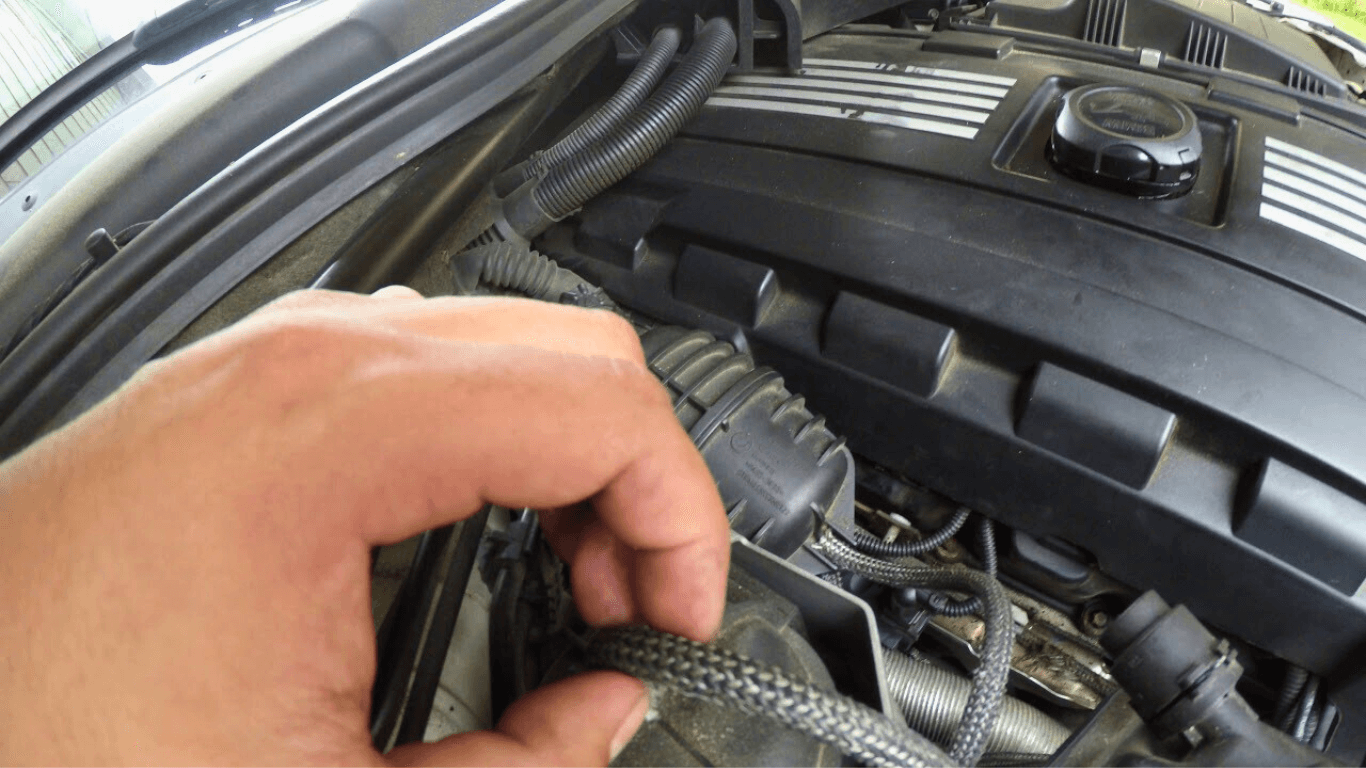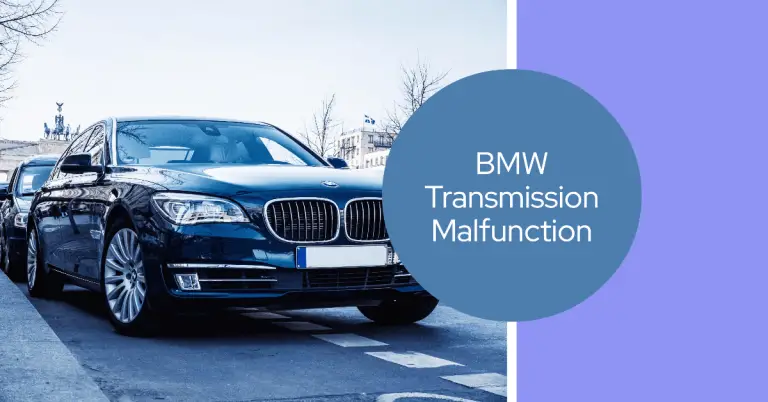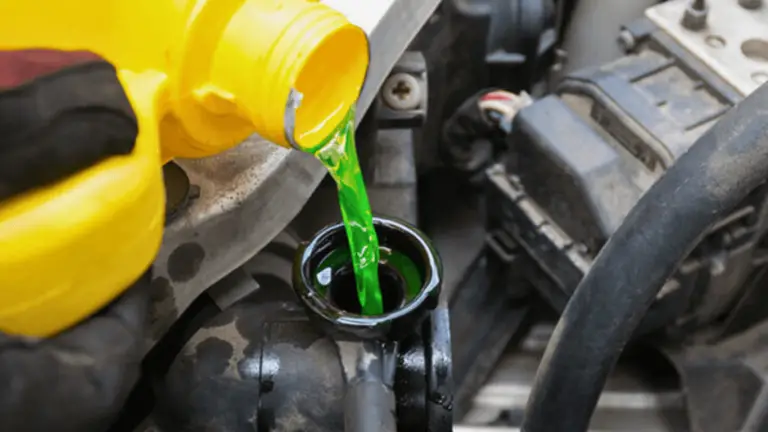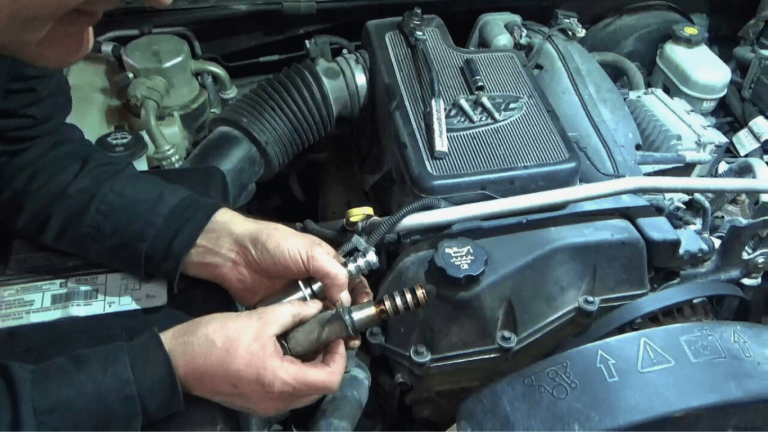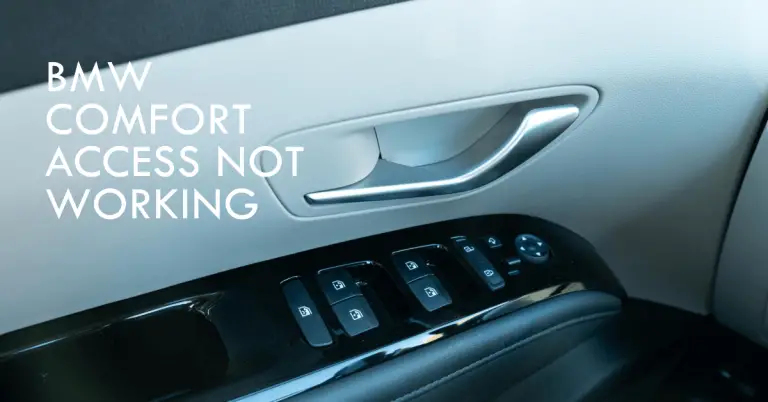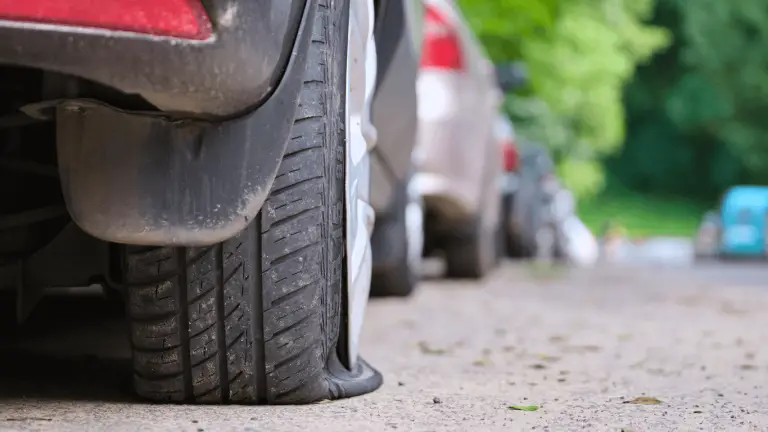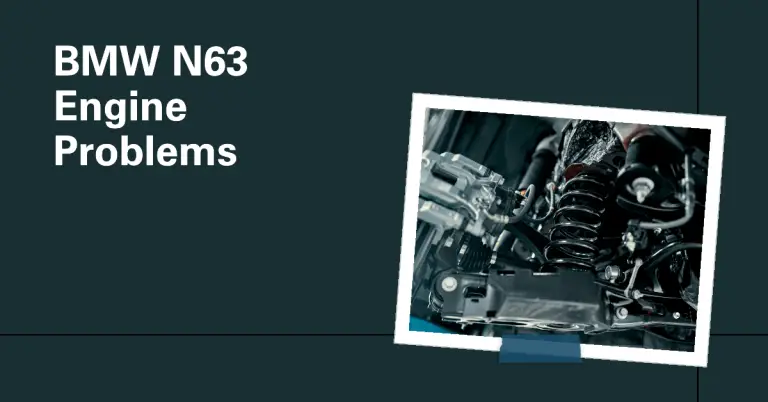BMW Code 3100: Meaning, Causes, and Fixes
Finding an engine trouble code can be annoying and frustrating for any BMW owner. BMWs are performance vehicles designed for exhilarating driving experiences. So when that dreaded check engine light illuminates, it’s natural to feel anxious about what could be wrong under the hood.
One common BMW trouble code that strikes fear into owners is code 3100. If your BMW has logged code 3100, you may be wondering:
What does BMW code 3100 mean, what causes it, and how can I diagnose and fix it?
In this comprehensive guide, we’ll cover everything you need to know about BMW code 3100 including:
- What code 3100 indicates and why it appears
- All the possible causes and diagnostics steps
- How to correctly fix code 3100 in your BMW
- Frequently asked questions about code 3100
Gaining a thorough understanding of this code is the first step to getting your Ultimate Driving Machine back on the road where it belongs. So let’s get started!
What Does BMW Code 3100 Mean?
BMW code 3100 simply indicates an issue with the engine control module (ECM), which BMW refers to as the digital motor electronics (DME).
The ECM or DME is the computer that controls virtually all aspects of engine operation in your BMW. It’s essentially the brains of the engine management system.
The ECM receives data from numerous sensors located throughout the engine and uses that data to control things like:
- Fuel injection and ignition timing
- Valve timing
- Air intake
- Emissions controls
- Idle speed control
When code 3100 is logged, it means there is a communication error between the ECM and the other BMW monitoring systems and modules.
In other words, the ECM is having trouble talking to the rest of the car’s computers. This communication breakdown prevents the ECM from carrying out its normal engine control functions.
On BMW models like 3-Series, 5-Series, 7-Series, X3, X5, X6 and more, code 3100 will usually show up together with these other related trouble codes:
- 2A7B – ECM communication error
- 2A7C – ECM communication timeout
- 2A7D – ECM communication bus off state
- 2A87 – ECM communication no signal/communication
What Causes BMW Code 3100?
Since code 3100 signifies an issue with the engine control module (ECM/DME), there are a number of possible causes:
Faulty Engine Control Module (ECM/DME)
The most straightforward cause of code 3100 is a problem with the ECM itself. Like any computer, the ECM can suffer from damaged components or programming issues that prevent it from communicating properly.
Fault codes like 3100 indicate the ECM’s built-in self-diagnostic system has detected a critical internal failure. In these cases, the ECM will usually need to be replaced to restore proper function.
Damaged Wiring Harness/Connectors
All of the data inputs and outputs from the ECM rely on the wiring harness and electrical connectors. If these wires or connections get damaged from wear and tear, it can cut off communication between the ECM and the rest of the vehicle’s computers and sensors.
Common problem areas include:
- Main ECM connectors under the hood
- ECM ground wire connection points
- Wires leading to engine sensors
Exposed or shorted wires that have lost their insulation can cause code 3100. Corrosion in connectors that cuts off the signal can also trigger communication codes.
Failure of Sensors Connected to the ECM
Since the ECM needs a constant data flow from sensors to operate properly, failed or damaged sensors can lead to code 3100:
- Mass Air Flow (MAF) sensor – This critical sensor tells the ECM how much air is entering the engine. If it fails, the ECM can’t calculate the optimal fueling or ignition timing.
- Camshaft position sensor – This sensor tracks the camshaft position and speed, which the ECM uses to time the ignition and fuel injection. Sensor failures will leave the ECM without one of its key data parameters.
- Crankshaft position sensor – Much like the camshaft sensor, the crankshaft position sensor feeds essential rotational position data to the ECM. Faulty sensors cause misfires, stalling, and other drivability issues.
- Oxygen sensors – O2 sensors measure the oxygen content in the exhaust to help the ECM regulate fuel injection and air-fuel ratios. Bad O2 sensors give inaccurate readings that confuse the ECM’s programming.
Problems with these key sensors prevent the ECM from dialing in proper engine operation, often resulting in code 3100.
Low Battery Voltage or Electrical Issues
The ECM is very sensitive to proper battery voltage and the vehicle’s electrical system. A dead battery or bad alternator may not provide sufficient voltage to the ECM under heavy electrical loads.
Intermittent faults with the battery cables, ground straps, or charging system wiring can also affect ECM voltage. Low system voltage can reset the ECM and cause temporary communication failures.
Software Bugs or Firmware Errors
Like all advanced computerized automotive systems, the ECM may occasionally suffer from software bugs and glitches. Some BMW models have even had faulty ECM firmware from the factory that required an update.
These types of intermittent electrical faults and software errors can trigger an ECM communication code like 3100, even when no permanent hardware damage is present.
How to Diagnose BMW Code 3100?
Diagnosing the cause of code 3100 takes diligent troubleshooting and testing of all engine sensors and ECM inputs. Here are the main steps:
1. Scan for Other Trouble Codes
Since code 3100 doesn’t indicate what subsystem is causing the communication error, the first step is scanning for other fault codes stored in the ECM.
Additional trouble codes pointing to problems with specific sensors like the crankshaft position sensor or oxygen sensors provide helpful clues.
2. Check Battery and Electrical Connections
Using a multimeter, check that battery voltage is at least 12.4 volts with the engine running. Also inspect the:
- Battery cables and terminals for corrosion
- Main negative battery cable ground connection
- Alternator belt tension and output
Look for loose connectors, damaged grounds, or shorts throughout the wiring harness. Fix any electrical issues discovered.
3. Inspect Sensor Wiring Harness
Visually inspect the wiring harness leading to all engine sensors. Check for chafed or melted wires. Make sure connectors are fully plugged in and secured.
Wiggle test the wires while watching for drops in sensor readings on a scanner. Any faults found will require wire or connector repairs.
4. Test Key Sensors
Directly test the operation of the major sensors connected to the ECM:
- MAF sensor – Check resistance spec and use a scan tool to monitor MAF sensor gram/second reading.
- Camshaft position sensor – Check resistance spec and use oscilloscope to test output signal.
- Crankshaft position sensor – Verify resistance spec and check waveform signals.
- Oxygen sensors – Test pre and post-cat O2 sensor response rates and voltage output range.
Replace any sensors found out of spec or not outputting correct signals.
5. Monitor Live Engine Data
Use a BMW-compatible scan tool to view live engine data like:
- Fuel trim values – should be within 10% range
- Ignition timing
- Mass air flow rates
- Oxygen sensor readings
Compare the readings to factory service specifications during various engine loads. Values out of range indicate issues with inputs to the ECM.
6. Test Drive and Check for Symptoms
Test drive the vehicle and allow the ECM to detect problems under normal operating conditions. Listen for:
- Misfires, surging, or rough idle
- Loss of power during acceleration
- Engine stalling or shutdowns
Also check the MIL for pending codes that may not have fully registered yet. Critical ECM issues will be obvious during driving.
By following this diagnostic process, you should be able to isolate the root cause of the code 3100 whether it stems from a damaged ECM, electrical faults, or failed engine sensors.
How to Fix BMW Code 3100?
Once the cause of code 3100 is found through diagnosis, the proper repair is straightforward:
Replace Damaged Wiring/Connectors
Any corroded, loose, or cut wiring causing intermittent signal loss needs to be repaired or replaced. Tighten any loose connector pins and clean corrosion from terminals.
Replace Failed Sensors
Swap any clearly faulty engine sensors like the crankshaft position sensor or oxygen sensors with new OEM parts. This will restore good dataflow to the ECM.
Update ECM Software/Firmware
If a software bug is suspected, updating to the latest ECM firmware can clear up code 3100. Some BMW models have required ECM software fixes from the factory.
Reset/Relearn ECM Adaptive Values
Resetting the ECM and allowing it to relearn engine parameters can resolve some intermittent code 3100 issues. This essentially reboots the ECM’s programming.
Replace Faulty ECM
For cases of permanent internal ECM failure, replacing the faulty ECM with a new or refurbished unit is the definitive repair. An experienced BMW technician will program the new module to your VIN.
In most cases of code 3100, paying close attention to the diagnostic steps and repairing any issues methodically will successfully get rid of the trouble code. But if you need to replace the ECM, only use a genuine BMW OEM module programmed specifically for your vehicle.
FAQs About BMW Code 3100:
Here are answers to some frequently asked questions about BMW trouble code 3100:
Is it safe to drive with code 3100?
In most cases, the vehicle will stay drivable with code 3100. But if the ECM can’t properly communicate with sensors and vehicle systems, drivability may suffer and symptoms could worsen. Extended driving is not recommended.
How much does it cost to fix code 3100?
Repair costs vary widely based on the cause. A simple sensor replacement may be $200-$300. But ECM replacement can be $1000 or more. Diagnostics is crucial before quoting repair costs.
Should I reset the ECM to try to fix code 3100?
Resetting and relearning the ECM adaptive values can possibly resolve intermittent code 3100 issues. It’s worth trying a reset before replacing expensive components.
Does code 3100 mean my BMW engine is damaged?
Not necessarily. Code 3100 doesn’t indicate internal engine damage – it points to an ECM communication problem. Although loss of proper ECM function can lead to engine damage if driven extensively.
Can I clear the check engine light for code 3100?
You should only clear the MIL after completing the full diagnostic process and repairing the root cause. Erasing the code alone without fixing the underlying problem will simply result in code 3100 returning.
BMW code 3100 is never something you want to ignore. But understanding what causes it and using a logical diagnostic approach can get your Ultimate Driving Machine back to providing maximum driving enjoyment quickly and affordably.
Conclusion
BMW code 3100 can seem intimidating at first. But following the details in this comprehensive guide will ensure you correctly trace the source of the ECM communication issue, make the right repairs, and get code 3100 fixed properly the first time.
The most important steps are using thorough diagnostics before just replacing components, testing all engine sensors with a focus on inputs to the ECM, and correcting any electrical or wiring faults that could cause intermittent signal loss.
With some patience and diligent troubleshooting, code 3100 can be defeated for good – allowing you to enjoy all the performance and driving excitement your BMW was engineered to deliver.

